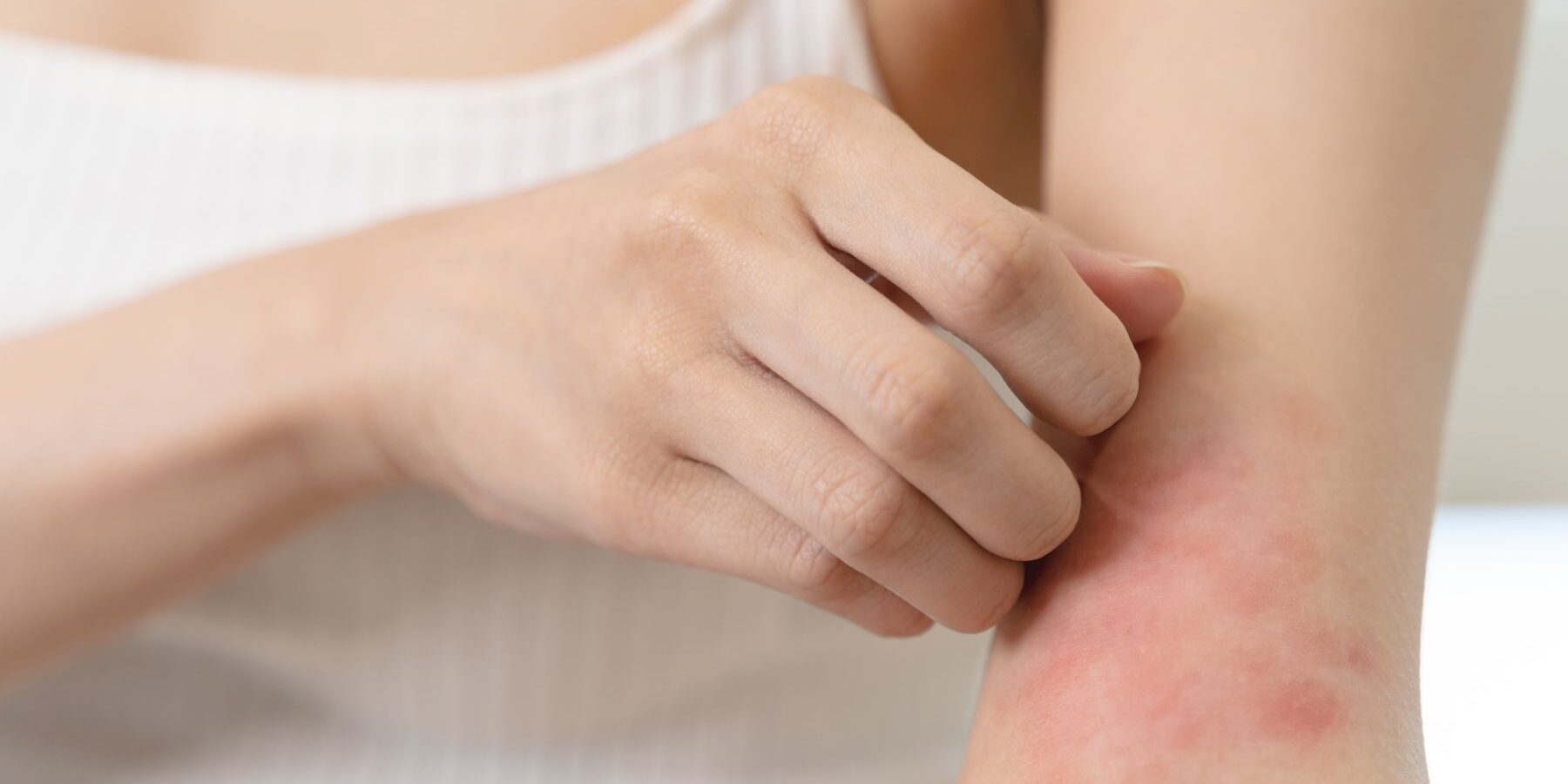You’re heading down a path, getting your way through life. You’re surviving, even at the expense of not feeling so great. Suddenly, you come to a fork in the road (pun intended!). Turn right and you continue your life as it is, knowing that ‘the dreaded diabetes’ will eventually rule.
Initially, it’s an easier turn. You can continue ‘surviving’, but the road eventually gets hairy. You know that, but because you can’t see ahead you don’t think too much about it. Perhaps you’re not even that scared. Turn left, a sharper and more technical turn, requiring your full attention, and the bend eventually eases into a wider runway with more options. You can never make this decision again in your lifetime. I repeat, this is your one chance to choose your own adventure.
I often use this analogy when I meet clients for the first time who have pre-diabetes (impaired glucose tolerance) or newly diagnosed type 2 diabetes.
Often the next immediate question is ‘How can I get rid of my diabetes?’ It’s debatable if you can permanently cure or reverse diabetes but you can put a lid on it. You can tame the beast! So, how do you do that?
Step 1 –
For most people in this situation, is to get your weight in check. Any extra weight you are carrying (particularly if it’s around your abdomen) is stopping your insulin from working efficiently. Insulin is a hormone that our bodies produce to help regulate blood sugar. In the early stages of pre or type 2 diabetes your body produces extra insulin because the insulin you are making is not doing its job effectively (this is called insulin resistance). Even in healthy weight individuals, reducing the fat in the liver and pancreas helps to improve insulin resistance.
Now let’s meet the pancreas, the organ in our body responsible for insulin production. At this fork in the road, where you find yourself, it’s exhausted. It’s pumping out extra insulin and not too happy.
Step 2 – which helps step 1!
Give your pancreas a break and stop feeding it so many carbohydrates. Every time you eat carbohydrate your body requires insulin. Start to think twice when you grab another slice of bread, a cheeky muffin, that extra plate of rice (you get the idea!), because your pancreas is not loving you right now. This doesn’t mean it can’t handle ANY carbohydrate but choose wisely. As a rule of thumb, the less processed and packaged your carbohydrate chooses, the better your body can handle them. No surprises there. Plenty vegetables, some fresh fruit, beans and lentils, wholegrains, and pseudo grains (such as wild rice and quinoa) are all wiser options. These choices are higher in fibre, which promotes stable blood sugars and helps keep you full.
Step 3 –
Know your blood sugar response to different foods. Most of us already know what foods aren’t so good for us, but even within the category of ‘healthy everyday foods’, we all have a unique blood sugar response. The way to work out what foods are best for you, is to use a continuous glucose monitor (CGM). This sounds complicated but it’s actually a very simple, discreet, and painless sensor that provides information in real time about your blood glucose (blood sugar). This helps you to identify what foods (and meals) are having the greatest impact on your blood sugars. It also helps you understand your ‘carbohydrate threshold’. Or in other words, how much carbohydrate can your body tolerate. Learning to count your carbohydrates can be very useful to not exceed your threshold.
With support and guidance from a specialist diabetes dietitian you can tailor your diet to achieve better blood sugars. Better blood sugars, means your pancreas is getting a break. When your pancreas gets a break, you pump out less insulin. Less circulating insulin gives you a better shot at weight loss and weight loss gets you down the left fork in the road. The one to more freedom and a healthier future.
Oh, and as you go down the path that you ultimately choose, please don’t forget to walk, jog, swim or even skip down it. The message here is to move. You were not designed to sit down all day. When you move, this moves insulin around your body, so that it can help transport sugar out of your bloodstream.
If you need help getting down the right path (or the left fork in the road) please reach out to our supportive and experienced team.
Search treatments & services A-Z
Search for a specific treatment or service.


